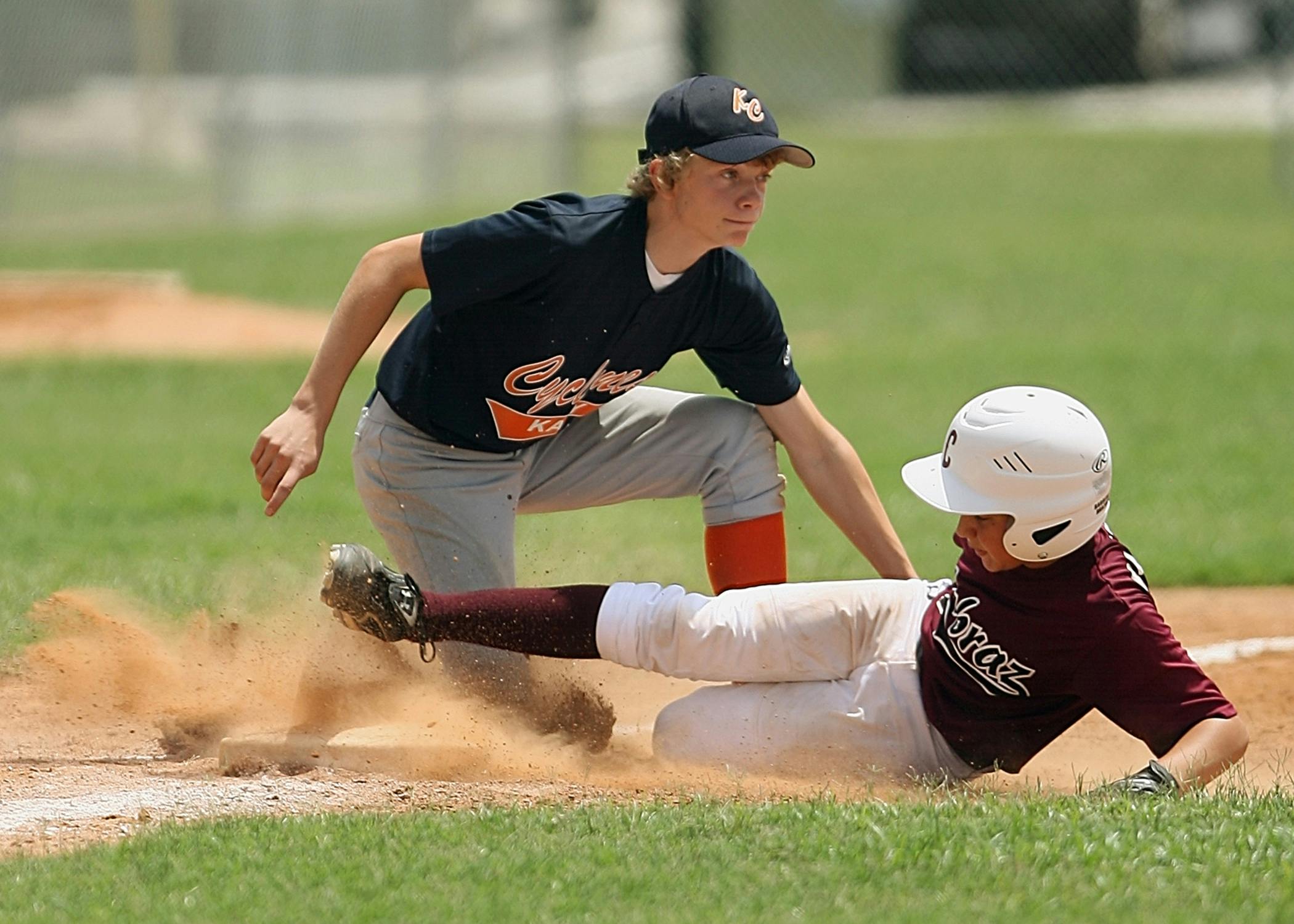Understanding the Importance
Physical activity plays a crucial role in the health and development of children. Engaging in regular exercise helps build strong muscles and bones, improves cardiovascular health, and supports weight management. Beyond the physical benefits, active children often experience better mood and behavior, thanks to the release of endorphins during exercise. Physical activity also has a positive impact on academic performance by boosting concentration and memory. Encouraging children to be active from an early age fosters a lifelong habit of prioritizing their well-being. Establishing a foundation of regular exercise can lead to reduced risks of chronic illnesses such as obesity, diabetes, and heart disease later in life.
Lead by Example
Adults can set a positive example by being physically active themselves. When parents and guardians participate in regular exercise, it naturally encourages children to do the same. Simple activities like walking to school with friends each morning can be a great form of moderate-intensity aerobic activity for both adults and children. Demonstrating an active lifestyle not only shows children the benefits of movement but also helps integrate exercise into their daily routines. Whether it’s joining a family bike ride, playing a game of tag, or even doing a dance session at home, incorporating physical activity into everyday life makes it more accessible and enjoyable for children.
Incorporate Fun into Exercise
Children are more likely to engage in physical activity if it’s enjoyable. Suggesting games and activities that feel like play can make exercise something they look forward to. Incorporating activities like jumping or running can be beneficial, as these are bone-strengthening exercises that children should engage in at least three times a week to support their development. Making exercise fun ensures that children are more inclined to participate willingly and consistently.
Organizing playdates with friends or family can also make physical activity a social event. Activities such as relay races, scavenger hunts, or playing sports like soccer or basketball can make exercise feel like a fun group activity. Incorporating music into exercise, like having a dance party, can also add an element of excitement.
Introducing elements of challenge can further engage children. Setting up obstacle courses, timed races, or fitness challenges can make physical activity more appealing. Providing variety in these activities ensures that children remain interested and motivated to continue being active.
It’s also important to allow children to choose activities they enjoy. Giving them the autonomy to pick their favorite games or sports can foster a positive attitude towards exercise. By keeping physical activity enjoyable and engaging, children are more likely to develop a lasting interest in maintaining an active lifestyle.
Create a Routine
Establishing a consistent schedule for physical activity is essential for maintaining a balanced lifestyle. Just as with any other routine, consistency is key. Incorporating muscle-strengthening activities such as climbing or doing push-ups should be part of this routine at least three days a week to ensure children are developing their strength. Balancing this schedule with other daily responsibilities, like homework and chores, can help children develop time management skills while prioritizing their health.
Consistency doesn’t have to mean rigidity. Allowing some flexibility can keep children engaged and make the routine feel less like a chore. Mixing different types of activities throughout the week can also keep the experience fresh and exciting. Whether it’s a walk in the park on Mondays, a dance session on Wednesdays, or a family bike ride on Fridays, having a variety of activities ensures that children look forward to their physical activity time.
Incorporate physical activities that can be seamlessly integrated into daily life. For instance, walking the dog, helping with yard work, or even dancing around the house can all be effective ways to keep kids moving regularly.
Encourage Variety
Introducing children to a wide range of sports and activities can help maintain their interest and motivation. Changing activities periodically can significantly boost their fitness levels. By exploring different options, children can discover new interests and develop a well-rounded approach to physical fitness. Including vigorous-intensity activities at least three days a week can significantly boost their fitness levels.
Varying activities can keep children engaged and make physical activity more exciting. Introducing them to team sports like soccer or basketball, individual sports like swimming or tennis, and recreational activities like hiking or dance can cater to different interests. This variety ensures that they do not become bored with a single activity and encourages them to stay active.
Children should also be encouraged to try new activities outside of their comfort zones. This not only helps in developing new skills but also builds confidence and adaptability. Whether it’s through school programs, community sports leagues, or family outings, providing diverse opportunities for physical activity is key to fostering a lifelong love for staying active.
Support and Celebrate Achievements
Recognizing and celebrating children’s efforts in physical activities can significantly boost their motivation and self-esteem. Positive reinforcement encourages them to continue participating and striving to improve. A simple high-five, words of praise, or a sticker chart can go a long way in making them feel proud of their accomplishments. Celebrating milestones, such as running their first mile or mastering a new skill, highlights their progress and keeps them engaged.
Family celebrations can also be an effective way to recognize achievements. Organize a small family gathering or a special outing to honor their hard work. This not only rewards their effort but also creates positive associations with physical activity.
It’s also important to set achievable goals and celebrate when they are met. Whether it’s completing a certain number of push-ups or participating in a local fun run, acknowledging these achievements helps children understand the value of setting and reaching goals.
Encouraging children to share their successes with peers or other family members can also reinforce their commitment to an active lifestyle. This shared celebration can foster a supportive environment where physical activity is valued and enjoyed by everyone.
By consistently supporting and celebrating their efforts, children are more likely to develop a lasting interest in physical activity and carry these positive habits into adulthood.

